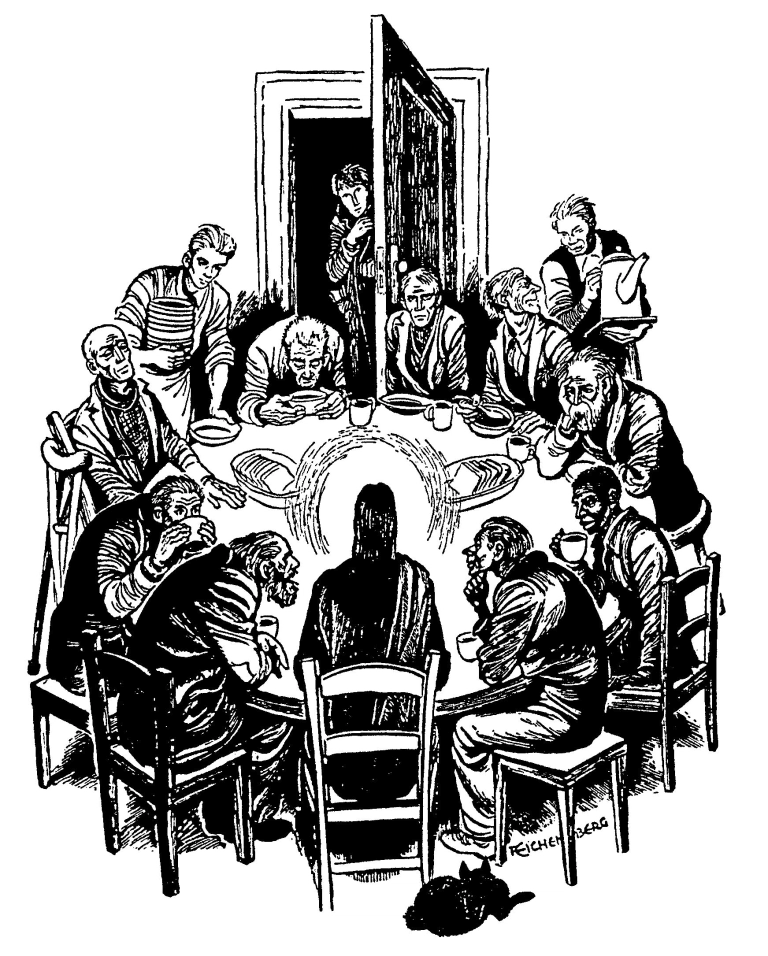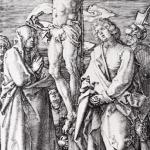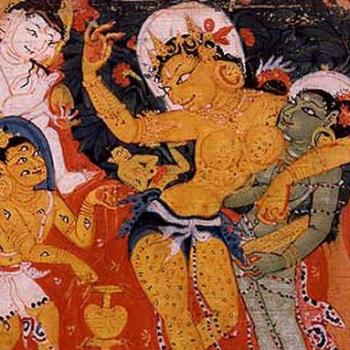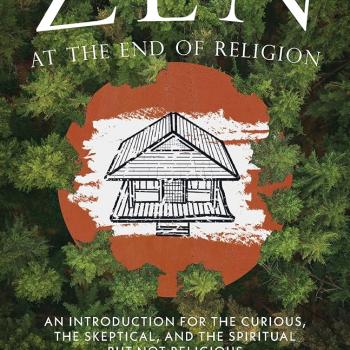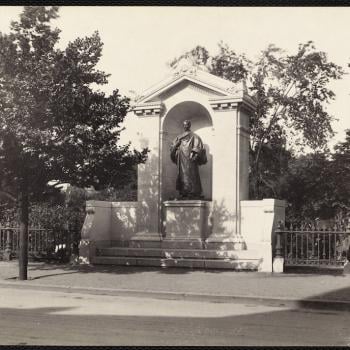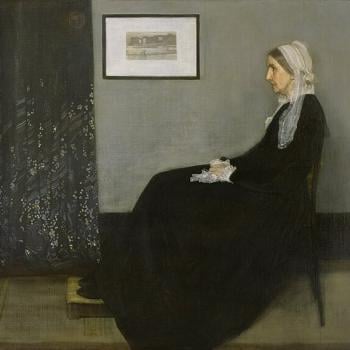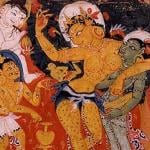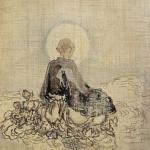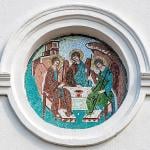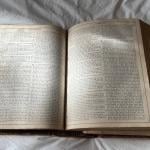Zen, Maundy Thursday, and the Mysteries of Memory and Communion
There are three rituals associated with Jesus’ ministry. The first is baptism, which he continued from his teacher, John’s ministry. The other two are foot washing and communion.
These last two are marked out for observing today, Holy Thursday, or in some communities as Maundy Thursday.
I don’t know why one, foot washing, remained in most of the Christian community an occasional act, while the other, communion became for the vast majority of the Christian church a sacrament. Foot washing is an act of humility and service and can be a powerful thing.
But. There is something, or a combination of somethings that make communion especially compelling.
I have said on occasion that I may not believe in God (certainly not in the most conventional uses of that word), but absolutely and with all my heart believe in the Mass.
The Lord’s Supper. The Mass. The Eucharist. Communion.
Back in seminary I fell in with bad company. One of my principal mentors was Dr Louis Weil.
Louis was a liturgist and liturgical theorist. I loved his deep intellect and his profound understanding of ritual in the spiritual life. So, for one paper I wrote for one of his classes, I stumbled upon the early Eighteenth century Anglican bishop of Bangor, Benjamin Hoadly. Mostly the bishop was a complete careerist. He famously advocated the primacy of the state over the church. Small wonder that Queen Anne was said to have remarked that the bishop would be an ideal candidate for archbishop of Canterbury, if only he were a Christian.
Me, I’m more interested in his eucharistic theology. The good bishop explored the value of the rite of communion as a purely human ritual, without any need for appeal to divine intervention; rather, it was an exploration of the power and beauty of human memory.
Memory, but never mere memory.
While theologically basically a liberal Buddhist, because I am also a minister within a church which if not Christian, is rooted within the Christian tradition, I have on occasion been invited to reflect on the ritual of Christian communion. And I have. Communion is where a lot of my Mahayana understandings and Christian sympathies meet.
I profoundly respect the various understandings of the communion and particularly variations summarized as “real presence.” But, I have in the main relied on Bishop Hoadly’s sense that the rite is a memorial service and what that can mean. Memory is a great mystery. Memory is itself a form of communion. And how we engage it opens many doors into aspects of our being.
Of course the heart of the service is a meal. Probably the first communion was a Passover meal. I believe so, although there are good arguments against that view. But even if not directly a Passover service, the fact of a sacred meal at Passover no doubt is the indirect if not the direct ancestor of the ritual.
And, of course, a sacred meal is in fact much older and vastly more common than simply, although profoundly, found in the Jewish celebration.
And its all bound together in a conversation with Greco-Roman spirituality, especially the mystery traditions.
Then it all comes together.
It’s a human thing, to eat and notice the holy. So, real presence in several senses. It’s very physical. Bread, eating. But, the mind is involved as well. So, for me the secret sauce, as it were, is our human memory. It is at least as important as bread and wine. We recall the meals of our lives. We recall, perhaps, when we didn’t eat. We recall the joys and the sorrows at those, hopefully many meals we have eaten.
And it is all captured, past, and present, and future, in a few minutes of shared time and food and drink.
And, this is important, company. A mistake I think in some Christian communities is the solitary celebration of communion by a priest. This meal is meant to be shared. Always.
Here our sacred individuality and the reality of our interdependence is fully presented.
All we need is to join with others, share food and drink, and recall. To do this is to open our minds and our hearts, and be present to what is.
And. Within that. Miracles abound.


